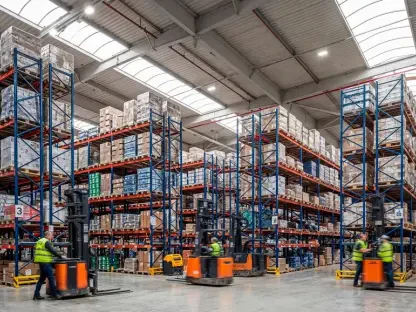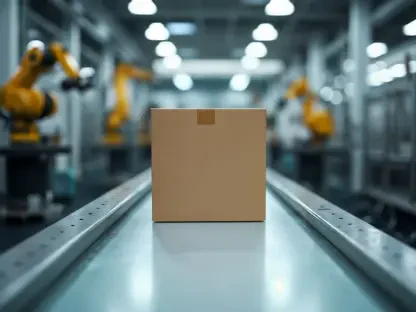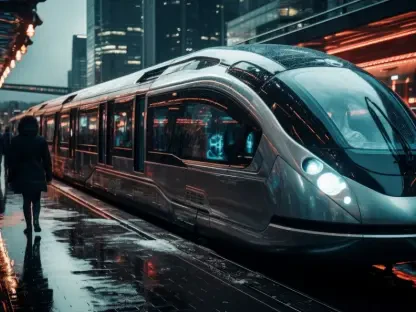The bustling sound of train wheels clanging against steel rails is a hallmark of urban life. Beneath this quintessential backdrop of city transport lies a quiet revolution driven by cork-rubber composites that promises to transform the future of rail systems globally.
The Quest for Sustainable Urban Mobility
Rail systems worldwide are experiencing increased demand as urban populations skyrocket, necessitating more sustainable solutions. These changes highlight cork-rubber composites as crucial in this evolution, providing greener and more efficient alternatives in rail infrastructure. With their sustainable nature and reduced carbon footprint, these composites present an eco-friendly option that aligns with global efforts toward environmental responsibility.
Transformative Properties of Cork-Rubber Combinations
The intriguing blend of cork and rubber offers distinctive benefits that set them apart from traditional materials. Their ability to dampen vibrations, reduce noise, and provide enhanced durability makes them exceptionally suited for rail applications. A notable example is the Amsterdam Metro Line 52, where these composites have been successfully implemented, showcasing their real-world effectiveness in challenging urban environments. This case illustrates the promise of cork-rubber composites to improve passenger comfort and operational efficiency.
Insights and Endorsements from Industry Leaders
Industry luminaries like Amorim Cork Solutions advocate for cork-rubber composites owing to their superior mechanical properties and extended service life. Numerous scientific studies echo these sentiments, validating these materials as more effective than conventional options. The unique combination of elasticity from rubber and cork’s natural damping capabilities presents a winning formula for modern rail systems seeking longevity and sustainable performance.
Integrating Cork-Rubber into Future Rail Systems
Incorporating cork-rubber composites into new and existing rail systems requires strategic planning and a keen understanding of their benefits. Practical frameworks and methodologies have been established to facilitate this transition, ensuring railway networks can seamlessly integrate these materials. This adoption not only promises enhanced track performance but also assures the alignment of rail systems with future sustainability goals, paving the way for resilient transportation infrastructures.
Cork-rubber composites have advanced the efficacy and sustainability of modern railways. By enhancing vibration and noise control while providing eco-friendly solutions, these materials represent a frontier for rail system innovations. Their widespread adoption requires proactive approaches and commitment to sustainable practices. As the world embraces greener transportation modes, the cork-rubber revolution heralds a promising path forward in the pursuit of modernized urban mobility.









